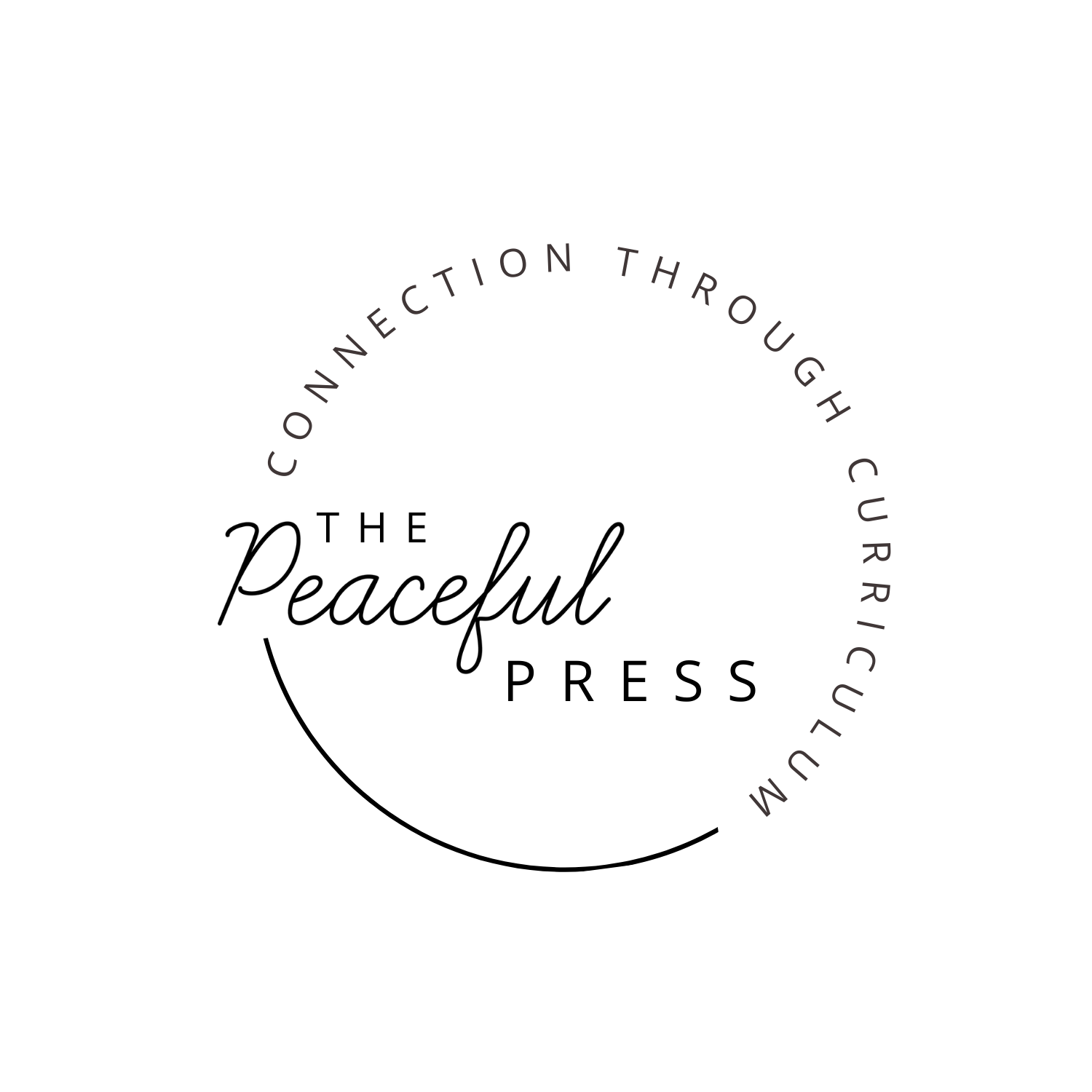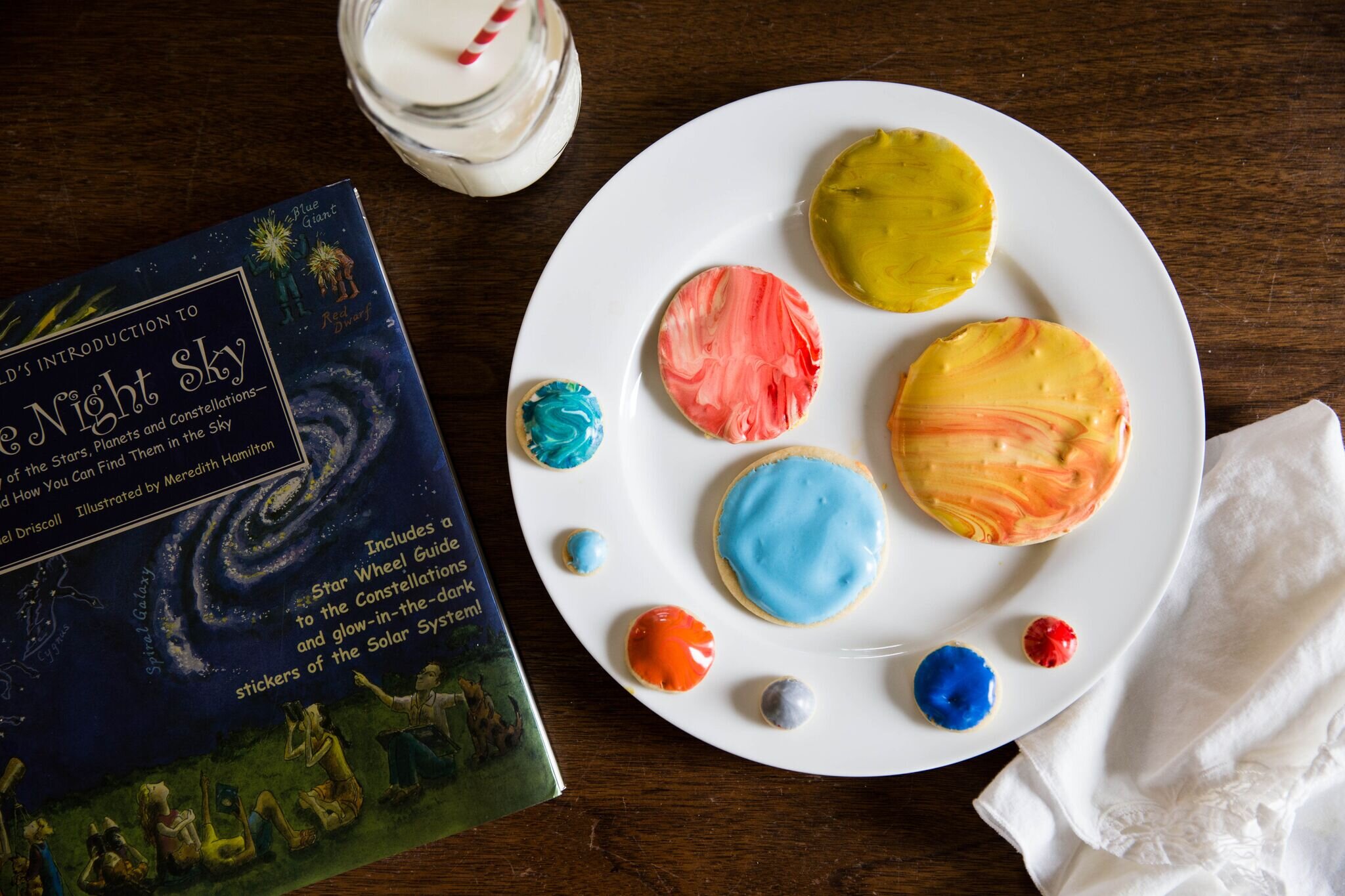How To Prepare Your Home For Independent Learning
I posted on our Facebook page that I'm going to start creating some videos answering questions that are important to readers, and the question of how to manage several young children came up repeatedly.
I'll keep working on answers to these questions, but an important key to managing multiple ages is creating a prepared environment, where young children can be supported as independent learners.
The Prepared Environment
Homeschooling often involves keeping multiple aged children constructively occupied. Most of us don't have several children of the same age which we can teach all at once. We must integrate our different aged children into the same learning environment.
In our home, we start our day with morning time, where all of our children are gathered for learning (I was often nursing an infant during this time, with a preschooler sitting at a child-sized table with a snack while I read).
Some of the material will go over the heads of the littlest ones (exposing them to amazing vocabulary), and some of it, such as singing the ABC song, will bore the older ones (but also teach them patience).
Once morning time is over, we facilitate independent learning with even the youngest students.
The goal is to develop independent learners because when children are directing some aspects of their education, they are going to be more motivated about what they are learning, and parents are going to be free to pursue their own learning, (or feed a baby, or start a load of laundry).
This brings us to the subject of The Prepared Environment. A prepared environment is a Montessori term that means a classroom that is carefully organized for optimum learning. In a homeschool environment, it is completely possible to have a beautiful environment for learning, one which facilitates independent learning.
In the above linked article, the author explains that there are several principles for a prepared environment.
This is my adaptation of how these work in a homeschool:
1. Rhythm and Order- Young children are carefully taught how to do things. How to make their bed, get dressed, brush their teeth, and wash their hands are all part of the basic lessons. The Peaceful Press Chore Cards are a great resource for facilitating rhythm and order.
Children, from a very young age, are allowed to get their own snacks and drinks but they are taught how to do it and how to clean up after themselves as well.
A minimum amount of clothes are kept in drawers low enough for children to reach, and toys are also kept to a minimum so that a child can easily pick up after herself.
Children have their own tools: a small broom and dustpan, a child-sized table and chairs, facilitate children helping in the home, which leads to independence. When each person in a home is taught to be responsible for themselves, more time is available for learning.
2. Freedom- Within the framework of order, there is great freedom. After you have gathered for morning time, young children are allowed some freedom to choose which activity to do next.
A child may choose to color first or to do a pouring exercise. They may choose to wash some dishes or sew a button on a cloth. They may choose to copy a sentence or do a counting exercise. Children are given a list of expectations for the day, through the daily plan in an elementary resource, or through a daily chore routine, or checklist, but they have some freedom about what to do when.
However, a child is not allowed the freedom to stay in their pajamas all day watching cartoons. So, although freedom is highly prized in a Montessori environment, and can be a great motivator for young children, it is not freedom from all restraints, it is more simply, the freedom to choose activities which are available within the prepared structure.
3. Beauty- A Montessori environment should be beautiful, but so should be your home. Beauty doesn't have to require a lot of money. It can involve simple things such as getting rid of broken toys and excess furniture.
It can involve putting fresh paint on a tired and chipped wall or finding a thrifted basket to keep blankets and toys in, instead of strewing them across the floor. Life with children involves messes but putting in the effort to keep your home an inspiring place can have a big impact.
Keeping the T.V. off and instead, having a variety of lovely books, and music and imagination rich tools or toys will make a major difference in the atmosphere of your home.
4. Nature and Reality- When children have an opportunity to interact with nature it can be both inspiring and calming for them. This is why it is important to keep your environment as natural as possible.
If possible, spend time every day playing outside.
Keep your indoor space tuned towards creation as well by using natural materials such as wood and glass in your kitchen and workspaces and avoiding plastic toys and tools (we make an exception for a variety of items, such as Legos and toy animals.)
Although these are some examples of basic things we have done to create an environment that accommodates learning, it is all grace if things go as hoped for. There are mornings where I fail to follow through on good habits and my kitchen ends up a disaster because the children have all freely helped themselves to breakfast (good), spilling sugar, and smearing jam across the counter in the process(bad)!
Ultimately, the best thing I have done to create a prepared environment is to prepare my heart by seeking God first. Only He can give me the self-discipline needed to follow through on good habits, both for myself and for my children, and only He can give me the power to forgive, both myself and my children when we fail.
However, it is better to put in the effort, and through baby steps move towards a learning environment that makes it easier for children to learn, than to not even try. It is better to receive forgiveness when you miss the mark than to shoot for nothing.
Do you need some creative ideas for daily learning activities?
You can get the Summer Bundle: Desert, Freshwater, and Ocean for just $27, and save 25% ($36 when purchased separately). The ideas in these guides could be set up as trays for your child to choose from, or you could write them on index cards and just pull one to work on when you are needing inspiration.
Want more ideas for learning with littles? Check out these guest posts.
Are you starting to plan your 2020/2021 school year?
Here are our learning recommendations:
Kindergarten
Many families are combining our one-month nature-based guides with some supplemental math and phonics for an engaging, hands-on approach to kindergarten. You can read more about these guides here.
Check out our month-long nature-based guides for young learners.
Elementary school
We follow a three-year history cycle with our resources to correspond with the Classical Conversations Foundations memory work. This means that our coming year will be spent studying American history with The Playful Pioneers after we finish our European history with The Kind Kingdom. In two years we will be studying world history again with The Precious People.
We add in math and phonics, spelling or a writing curriculum along with The Peaceful Press resources, in order to provide grade-specific instruction in those subjects. You can read more about our favorite resources for homeschooling older children here, and favorite math resources, or phonics resources as well.
As you wrap up your school year and plan for the next one, what are your biggest questions? We would love to help answer them.
This post contains affiliate links.
Are you ready to create a living education for your family?
One that allows time for reading aloud, creating, spending time in nature, and experiencing the world? Get started today and create a hands on education that actually works for your child! Download the printable 26 weeks of curriculum teaching reading, phonics, math and develops fine & gross motor skills.
Join the thousands of families who discovered a new way to educate their children! Access the full year of curriculum for JUST $39










